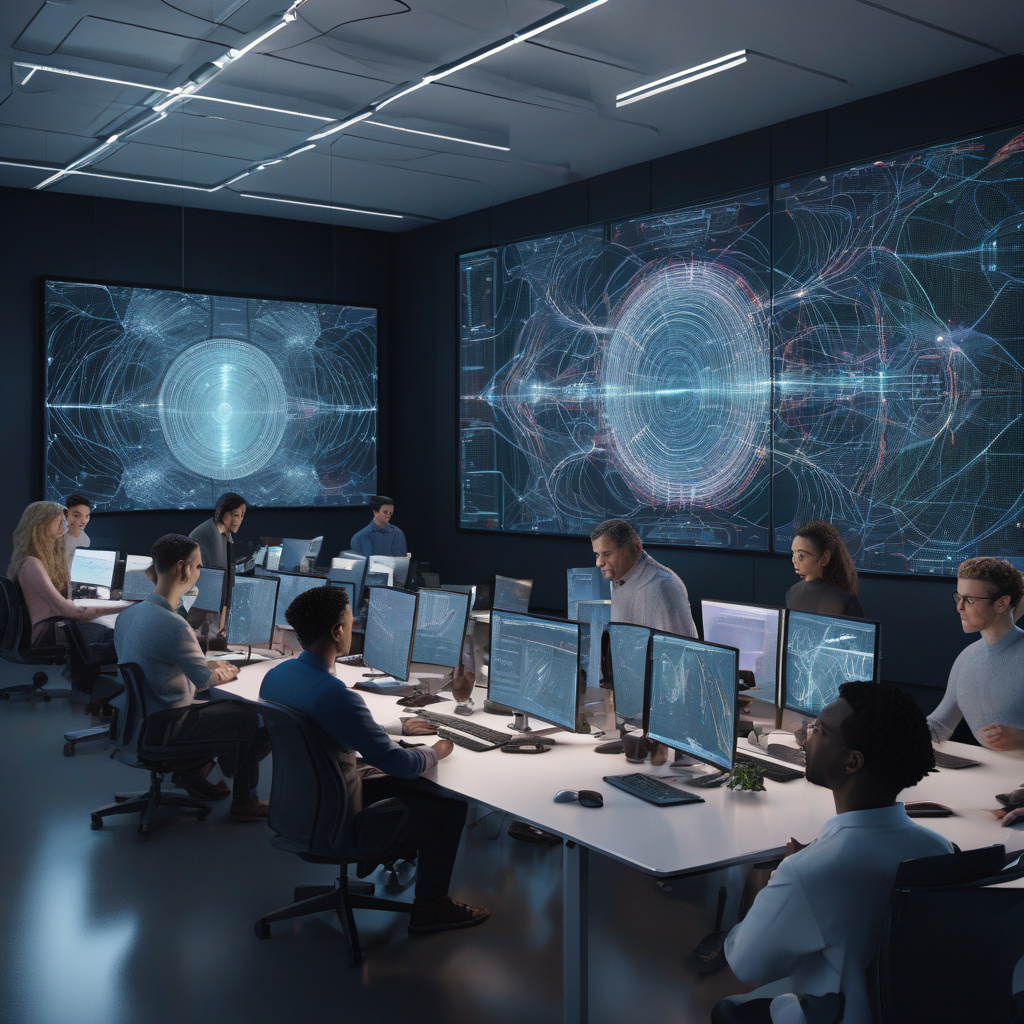Title: Securing the Vibe: Reducing the Risk of AI-Generated Code
In the dynamic landscape of software development, the integration of AI-generated code has revolutionized the speed and efficiency of coding practices. Vibe coding, as it’s often referred to, empowers developers to materialize their creative visions swiftly, fostering an environment where innovation thrives. However, this rapid evolution in coding techniques also brings about new challenges and risks that must be addressed to ensure the security and integrity of our digital ecosystems.
One of the primary concerns surrounding AI-generated code is the potential vulnerability it introduces into software systems. While AI can streamline the coding process and enhance productivity, it can also inadvertently create loopholes and security gaps that malicious actors may exploit. As AI algorithms learn from vast datasets and make autonomous decisions, the possibility of generating code with unforeseen vulnerabilities becomes a real threat.
To mitigate these risks and secure the vibe of AI-generated code, developers and organizations must adopt a proactive approach to software security. Implementing robust testing protocols, such as static and dynamic code analysis, can help identify vulnerabilities in AI-generated code before deployment. By conducting thorough security assessments and audits throughout the development lifecycle, developers can fortify their code against potential cyber threats.
Furthermore, leveraging encryption techniques and access controls can enhance the protection of AI-generated code from unauthorized access and manipulation. Encryption algorithms can safeguard sensitive data within the code, preventing unauthorized parties from deciphering or tampering with critical information. Access controls, on the other hand, restrict the permissions granted to users, ensuring that only authorized individuals can modify or execute the code.
Collaboration between developers, cybersecurity experts, and AI specialists is essential in establishing a secure coding environment. By fostering interdisciplinary teamwork and knowledge sharing, organizations can harness the collective expertise of diverse professionals to address security concerns from multiple perspectives. Cross-functional collaboration enables teams to identify vulnerabilities early on, implement effective security measures, and continuously monitor and improve the security posture of AI-generated code.
In addition to internal security measures, staying informed about the latest cybersecurity trends and threats is crucial in safeguarding AI-generated code. Regularly updating software libraries, patching known vulnerabilities, and staying vigilant against emerging cyber threats can help organizations stay one step ahead of potential security risks. By staying proactive and adaptive in response to evolving cybersecurity challenges, developers can reduce the risk of AI-generated code and uphold the integrity of their digital infrastructure.
In conclusion, while AI-generated code offers unprecedented opportunities for innovation and efficiency in software development, it also presents new security challenges that cannot be overlooked. Securing the vibe of AI-generated code requires a comprehensive approach that encompasses rigorous testing, encryption, access controls, interdisciplinary collaboration, and continuous vigilance. By prioritizing cybersecurity and adopting proactive security measures, developers can harness the full potential of AI-generated code while safeguarding against potential risks. Let’s embrace the transformative power of AI in coding while ensuring that security remains at the forefront of our digital endeavors.

